Vaccines have been used for centuries to protect people from a wide range of diseases. From the smallpox vaccine developed by Edward Jenner in 1796 to modern-day vaccines targeting infectious illnesses including measles, polio and tetanus. Vaccines play an important role in protecting public health, but how are these life-saving medicines created?
Below, these COVID vaccination clinics in Northwest Indiana explore the process of creating a vaccine – from initial laboratory research to mass production and distribution. We will discuss the science behind vaccinations, the challenges faced in developing new ones, and how they are tested for safety and efficacy before being approved for use.
Finally, we will discuss some of the advances made in recent years that enabled us to create more effective and efficient vaccines.
What is a Vaccine?
A vaccine is an immunological preparation that helps protect against a particular disease. It contains an agent similar to the pathogen (disease-causing organism) that causes infection – a weakened or killed form of the virus, bacteria, toxin or other microorganism.
When administered to a person, a vaccine stimulates the body’s immune system to recognize and respond to this agent as if it were the real pathogen. This helps the body fight off infections from actual pathogens more effectively in the future.
Vaccines work by stimulating the production of antibodies, which are proteins made by our bodies specifically designed to target and bind with foreign molecules, such as antigens from viruses and bacteria.
The binding action neutralizes the pathogen and prevents it from causing infection. In addition, the vaccine also stimulates the production of memory cells in our body’s immune system, which “remembers” the pathogen and can respond more quickly if exposed to it again.
This process is known as immunization or vaccination. It is one of the most effective ways to protect people against infectious diseases.
How are Vaccines Developed?
The development of vaccines typically begins with laboratory research, often focusing on potential targets that could be used for immunization. Scientists then must determine which form of the target works best in stimulating an appropriate response from an individual’s immune system.
Once this has been decided, the vaccine is produced in a laboratory and tested for safety and efficacy in animal models.
Once the research has been completed and published, clinical trials are then conducted on humans to further test the vaccine’s effectiveness and safety.
This process typically takes years to complete before it can be submitted for approval by the relevant regulatory authorities. If approved, mass production of the vaccine begins, followed by distribution and administration.
Given the circumstances, this process was sped up for the COVID vaccination. This allowed COVID vaccination clinics to administer the vaccine less than one year after the virus was first identified.
Advances in Vaccine Development
In recent years, there have been several advances made in vaccine development which have allowed us to create more effective and efficient vaccines.
These include genetic engineering techniques, such as gene-editing technology (CRISPR), which enables scientists to alter the DNA of a virus to make it less dangerous. It also includes advances in vaccine production, specifically the development of new methods for producing vaccines quickly and efficiently.
In addition, research into adjuvants – substances added to vaccines to improve their efficacy – has enabled us to create more powerful vaccines with fewer side effects.
Looking for a COVID Vaccination Clinic in Northwest Indiana?
Are you interested in receiving a COVID-19 vaccination or booster? If so, and if you’re looking for a COVID vaccination clinic in Northwest Indiana, 219 Health Network is the place to visit. Contact us today at 833-219-0001 to schedule an appointment.

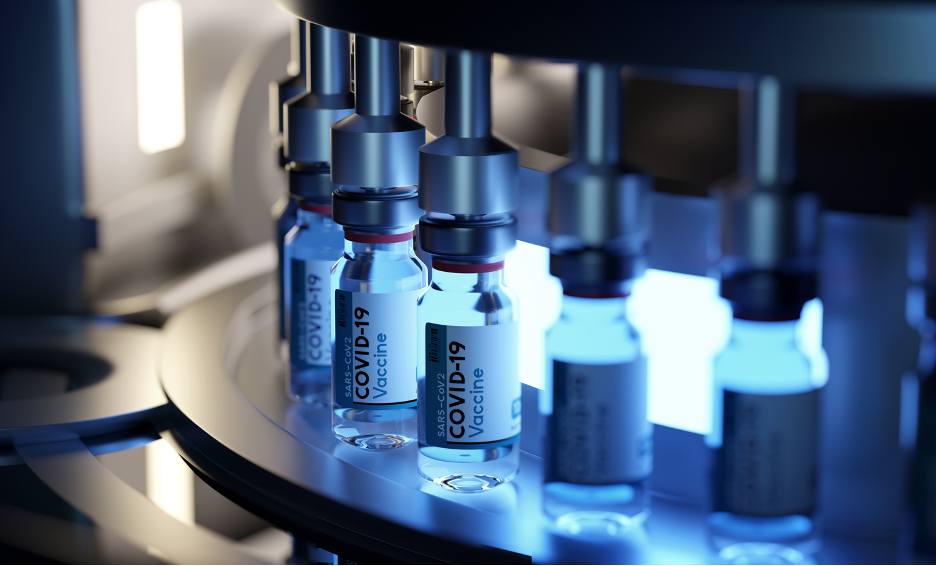
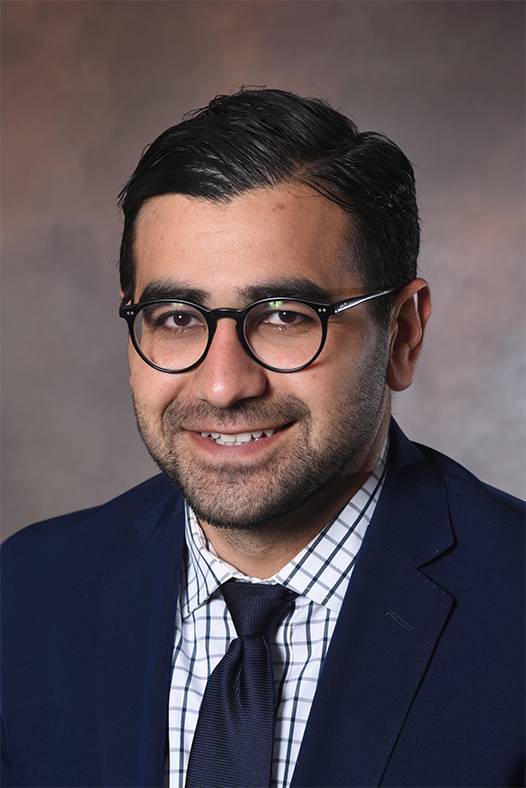













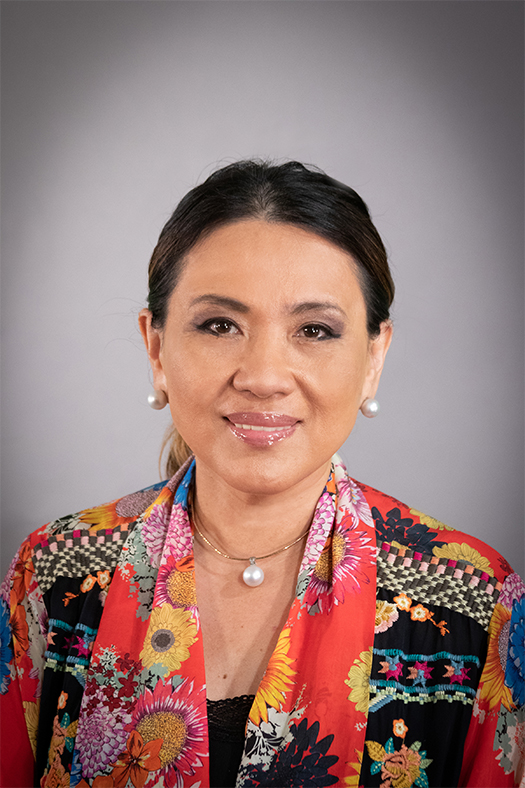


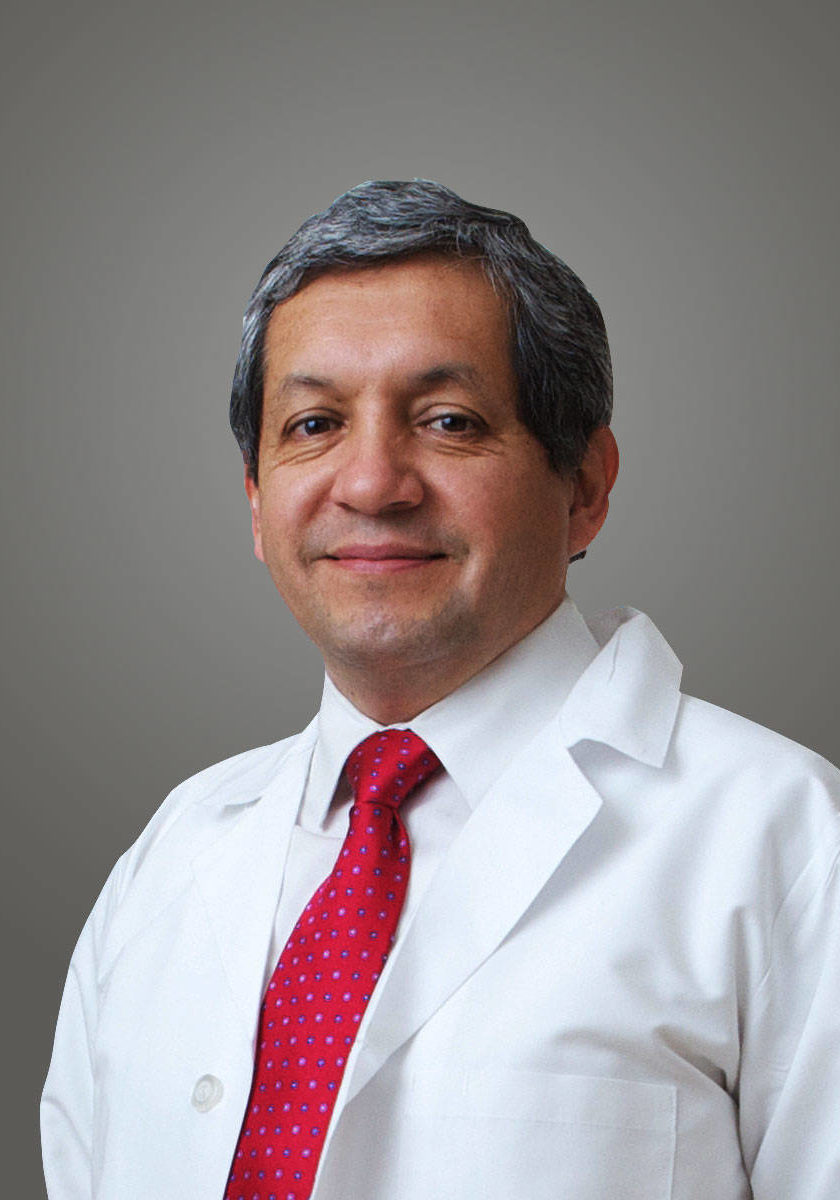


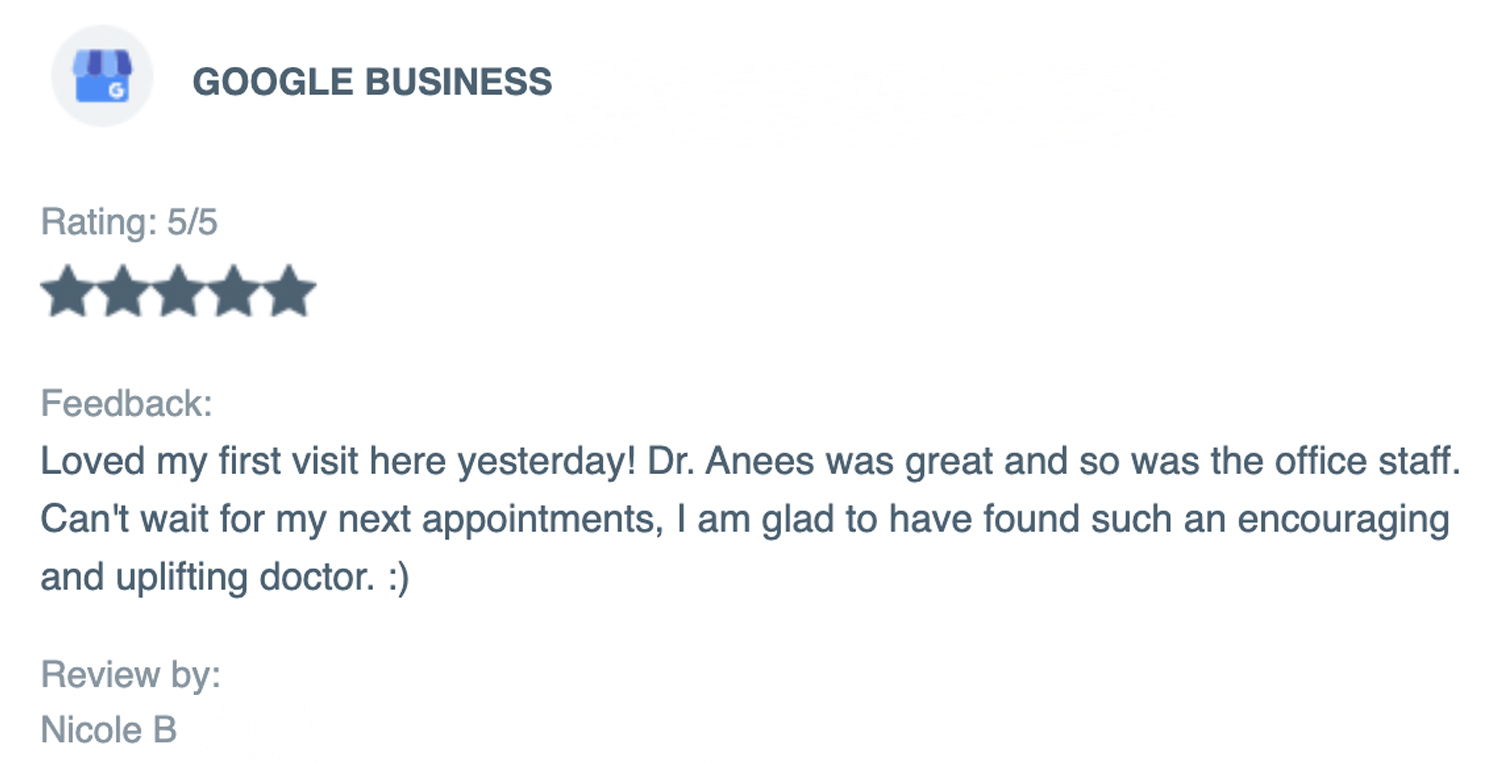

















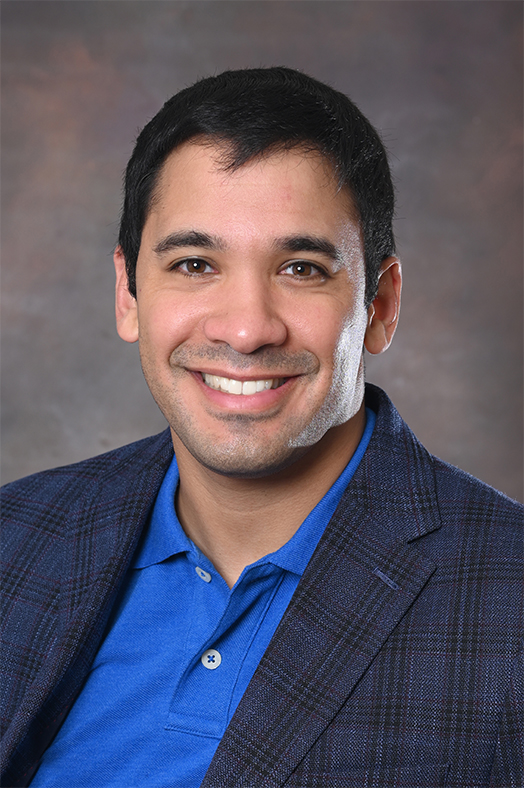












Recent Comments